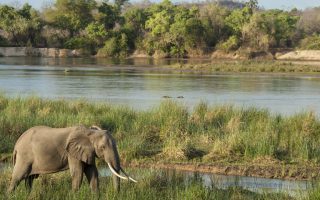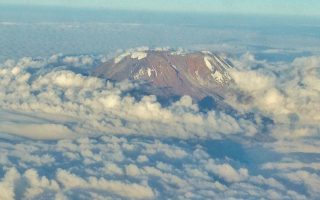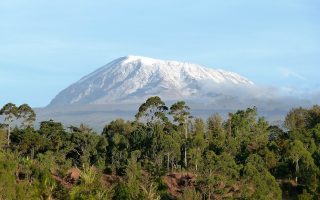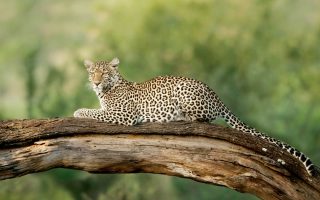Tanzania Safaris provide exhilarating experiences filled with joy and refreshment, often leaving you in tears of happiness from the incredible sights. Do you need additional information before booking your affordable Tanzania Safaris? Tanzania was formerly called Tanganyika before it gained its independence on December 9th, 1961. Zanzibar gained its independence in December 1963 and they merged the following year to form Tanzania.
Chumbe Island in Tanzania holds the world’s largest species of crab. Its crabs grow up to a meter in length. Tanzania Safaris are gifted with the highest number of animals per square kilometer in the world, having over 4 million animals. It shares its national anthem with Zimbabwe and South Africa. The national anthem is titled “Mungu ibariki Africa,” meaning God bless Africa. Tanzania adventures are very ecstatic.
Why book Tanzania Safaris | Tanzania Tours | Tanzania Holidays
Tanzania is one of the top tourist destinations in Africa with various tourist attractions. The country has unique tapestries with landscapes of scenic valleys and hills to the unspoiled beaches and lakes, with over 39% of its landmass protected.
Tanzania is also home to three of Africa’s seven natural wonders. Tanzania also boasts the Tanzanite stone, which is blue/violet in color and known to be a thousand times rarer than diamond. The country is also home to the largest game reserve in Africa—Serengeti National Park, with over 50,000 square kilometers. There are many reasons to go on Tanzania holidays.
The famous Ngorongoro crater is gifted with over 25,000 animals and it’s the largest intact volcanic caldera on the planet. In Ngorongoro, you will have great opportunities to see Africa’s five biggest animals while on a game drive. Serengeti National Park is home to the world’s largest lion population.
The estimated number of lions in Serengeti safaris is said to be approximately 3000, which cannot even be found in the entirety of Kenya. Serengeti National Park is home to the world’s largest mammal migration, where over one million wildebeests and hundreds of other animals move and are hunted by their predators, including lions; therefore, the Serengeti migration is a key attraction to consider when planning your Safaris holidays in Tanzania.
When to go on Tanzania Vacations
Like most African countries, you can go on affordable Tanzanian holidays all year round but there are peak and low tourist seasons. The country has got a variety of tourists’ options to offer. The best time for seeing the glistening peak of the tallest African mountain is January and February. Tourists can first opt to climb Mount Meru before Mount Kilimanjaro to acclimatize themselves. Rain can fall any time during this period but in big amounts, as in the rainy seasons. The July– September climate is also humid, favoring mountain climbing.
The best time for wildlife holidays in Tanzania is in the dry seasons of December to early march and from June to October, when the waterholes in the parks dry out. The main sources of water will be the park’s streams and rivers, where you can find many animals quenching their thirst. During the dry holiday season, the grass is also short, making it very easy for wildlife viewing adventures.
The coast and islands, such as Mafia, Dar es Salaam, Pemba, and others, can be visited from November to December and again from mid-March to June. You can visit historical towns like Kilwa, Stone Town, and others at any time of the year to learn about their history, including the period of the slave trade. Activities such as scuba diving and snorkeling are abundant.
The best time to see the world’s largest wildebeest migration on your Tanzania holidays is between November and October in Serengeti National Park. You will witness over a million wildebeests and zebras.
Tanzania can be visited year-round with two distinct rainy seasons, but for a better view of wildlife and a better holiday experience, the dry season is the best time to visit the country.
During the wet holiday season, ensure you pack a raincoat, hiking shoes, insect repellents, and warm cotton clothing. If visiting in the dry season, come along with sunglasses and remember to carry lots of water on your journey.
For more information about Tanzania Safaris , Tanzania Tours , Tanzania Holidays , don’t hesitate to reach out to us on info@focuseastafricatours.com













